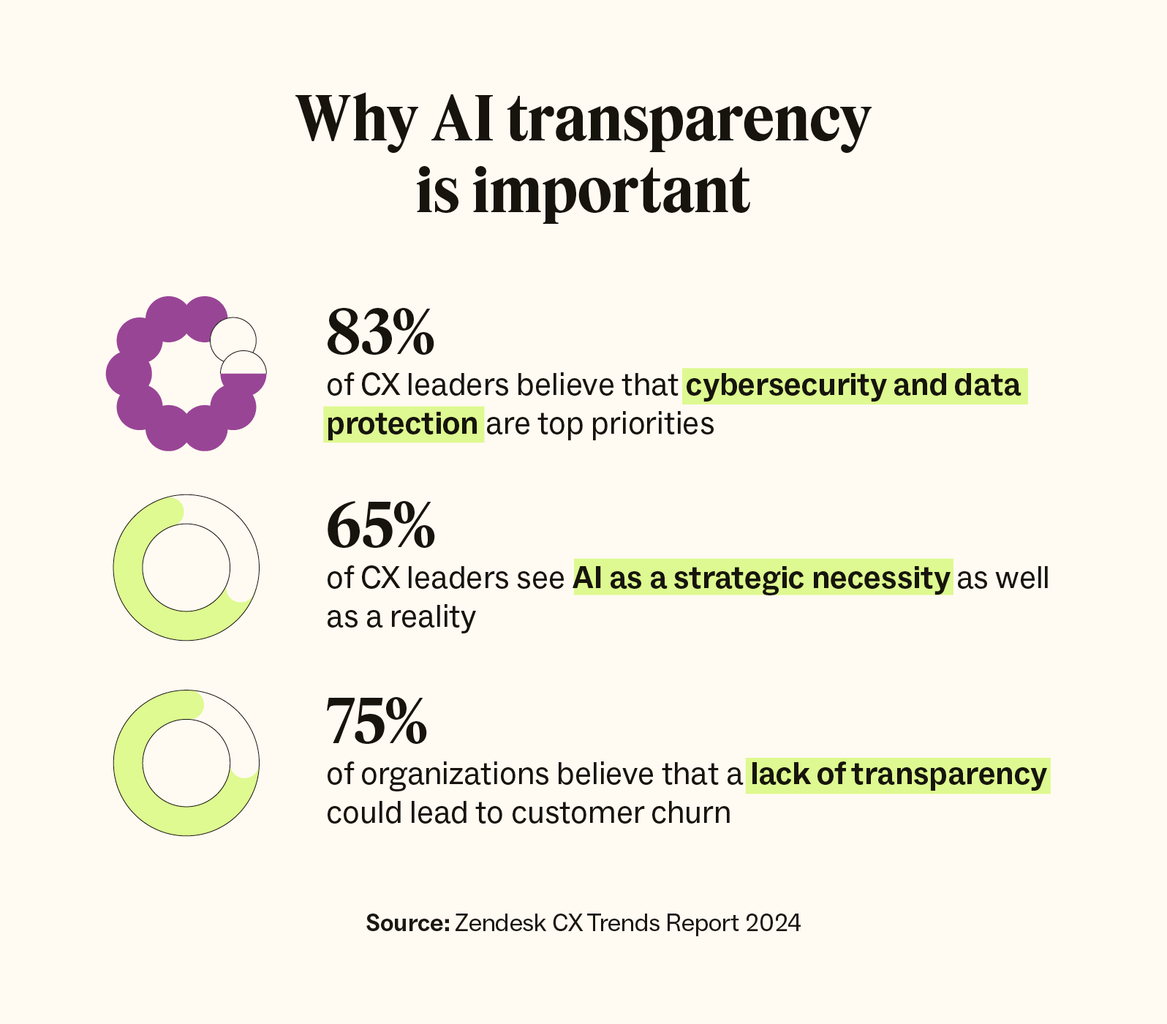
Ethical AI in Marketing: Navigating Bias, Privacy, and Transparency

Artificial Intelligence (AI) (Ethical AI in Marketing) has rapidly transformed the marketing landscape, offering unprecedented opportunities for personalization, efficiency, and data-driven decision-making. From predictive analytics to automated content generation and targeted advertising, AI’s influence is pervasive. However, this technological advancement comes with a critical imperative: the ethical use of AI. As AI systems become more sophisticated and integrated into marketing strategies, the potential for unintended consequences—such as algorithmic bias, privacy infringements, and a lack of transparency—grows. Navigating these challenges is not merely a matter of compliance but a fundamental responsibility for marketers aiming to build trust, foster inclusivity, and ensure sustainable growth in the digital age.
This blog post delves into the core ethical considerations surrounding AI in marketing, focusing on three pivotal areas: bias, privacy, and transparency. We will explore the inherent risks, examine real-world implications, and outline best practices for developing and deploying AI systems that uphold ethical standards. By understanding and proactively addressing these concerns, marketers can harness the full potential of AI while safeguarding consumer rights and societal well-being.
The Challenge of Bias in AI Marketing

Algorithmic bias is one of the most pressing ethical concerns in AI marketing. AI systems learn from the data they are fed, and if this data reflects existing societal prejudices or historical inequalities, the AI will perpetuate and even amplify these biases. This can lead to discriminatory outcomes in various marketing applications, from ad targeting to content generation.
How Bias Manifests in Marketing AI:
•Ad Targeting: AI algorithms might inadvertently exclude certain demographic groups from seeing specific advertisements, leading to unequal access to opportunities or information. For example, job advertisements might be disproportionately shown to one gender or age group, reinforcing existing societal biases [1].
•Content Personalization: AI-driven content creation tools can generate text or imagery that reflects gender stereotypes or cultural insensitivities if trained on biased datasets. This can alienate diverse audiences and damage brand reputation [2].
•Credit Scoring and Loan Applications: In financial marketing, biased AI models can lead to discriminatory credit decisions, unfairly disadvantaging certain individuals or communities based on factors like race or socioeconomic status, rather than actual creditworthiness.
•Customer Segmentation: If AI models are trained on historical data that contains biases, they might create customer segments that reinforce stereotypes, leading to ineffective or even harmful marketing strategies for certain groups.
Mitigating AI Bias:
Addressing AI bias requires a multi-faceted approach:
•Diverse and Representative Data: The most crucial step is to ensure that the data used to train AI models is diverse, representative, and free from historical biases. This involves careful data collection, cleaning, and augmentation processes [3].
•Bias Detection and Mitigation Tools: Employing tools and techniques specifically designed to detect and mitigate bias in algorithms is essential. This can include adversarial training, fairness constraints, and regular bias audits [4].
•Human Oversight and Review: Human marketers must remain in the loop, actively monitoring AI outputs and intervening when biases are detected. Regular audits and ethical reviews by diverse teams can help identify and correct problematic patterns.
•Transparency in Algorithm Design: Understanding how AI models make decisions can help identify potential sources of bias. While full transparency can be challenging with complex models, efforts should be made to explain the decision-making process where possible.
•Ethical Guidelines and Training: Establishing clear ethical guidelines for AI development and deployment, along with comprehensive training for marketing teams, can foster a culture of ethical AI use.
Protecting Privacy in AI-Driven Marketing

AI systems in marketing are inherently data-hungry, relying on vast amounts of personal information to deliver personalized experiences. This reliance on data raises significant privacy concerns, as the collection, processing, and storage of consumer data can expose individuals to risks such as data breaches, misuse of information, and intrusive surveillance. Ethical AI in marketing demands a robust commitment to protecting consumer privacy.
Key Privacy Concerns:
•Data Collection and Consent: Marketers often collect extensive data on consumer behavior, preferences, and demographics. Without clear, informed consent, this data collection can be perceived as intrusive and unethical. The challenge lies in obtaining meaningful consent, especially when data collection methods are complex or opaque.
•Data Security and Breaches: The more data an organization collects, the greater the risk of data breaches. AI systems, if not properly secured, can become vulnerable points for cyberattacks, leading to the exposure of sensitive personal information. Such breaches can result in significant financial penalties, reputational damage, and a loss of consumer trust [5].
•Profiling and Surveillance: AI enables highly sophisticated profiling of individuals, creating detailed digital dossiers based on their online and offline activities. While this can lead to more relevant marketing, it can also feel like constant surveillance, eroding personal autonomy and potentially leading to discriminatory practices if profiles are used to exclude individuals from opportunities.
•Anonymization and De-anonymization: While data anonymization is often touted as a solution to privacy concerns, advanced AI techniques can sometimes de-anonymize data, linking seemingly anonymous information back to individuals. This poses a continuous challenge in ensuring true privacy protection.
Ensuring Data Privacy:
To uphold privacy in AI marketing, marketers should implement the following practices:
•Privacy by Design: Integrate privacy considerations into the very design and development of AI systems, rather than treating them as an afterthought. This includes minimizing data collection, anonymizing data where possible, and building in robust security measures from the outset.
•Transparent Data Practices and Informed Consent: Clearly communicate to consumers what data is being collected, why it is being collected, how it will be used, and with whom it will be shared. Obtain explicit and informed consent for data processing, giving consumers granular control over their data [4].
•Compliance with Regulations: Adhere strictly to data protection regulations such as GDPR (General Data Protection Regulation) in Europe and CCPA (California Consumer Privacy Act) in the United States. These regulations mandate strict data protection measures and transparent data practices, and non-compliance can lead to severe penalties [4, 6].
•Robust Data Security: Implement strong encryption, access controls, and regular security audits to protect consumer data from unauthorized access and breaches. Regularly update security protocols to counter evolving cyber threats.
•Data Minimization and Retention: Collect only the data that is necessary for specific marketing purposes and retain it only for as long as required. Regularly purge unnecessary or outdated data.
•User Control and Opt-Out Options: Provide consumers with easy-to-use mechanisms to access, correct, delete, and port their data, as well as clear options to opt out of data collection and targeted advertising.
The Imperative of Transparency in AI Marketing

Transparency in AI marketing refers to the clarity and openness with which AI systems operate, particularly regarding how they make decisions, use data, and interact with consumers. A lack of transparency, often termed the “black box” problem, can erode trust, hinder accountability, and make it difficult to identify and rectify biases or errors. Ethical AI in marketing necessitates a commitment to greater transparency.
Why Transparency Matters:
•Building Trust: When consumers understand how AI is being used, they are more likely to trust the brand and its marketing efforts. Conversely, opaque AI systems can lead to suspicion and a perception of manipulation [4].
•Accountability: Transparency enables stakeholders—including consumers, regulators, and internal teams—to hold AI systems and their developers accountable for their actions and outcomes. Without transparency, it’s challenging to pinpoint responsibility when things go wrong.
•Identifying and Mitigating Risks: Understanding the inner workings of an AI model can help identify potential biases, privacy risks, or other ethical issues before they cause harm. This proactive approach is crucial for responsible AI development.
•Consumer Empowerment: Transparent AI empowers consumers to make informed decisions about their interactions with AI-driven marketing. They can better understand why they are seeing certain ads or receiving specific recommendations, and can choose to opt-out or adjust their preferences accordingly.
Fostering Transparency:
Achieving transparency in AI marketing involves several key strategies:
•Clear Disclosure of AI Use: Marketers should clearly and conspicuously disclose when AI is being used to generate content, personalize experiences, or make decisions that affect consumers. This can include labels on AI-generated content or clear statements in privacy policies [6].
•Explainable AI (XAI): While complex AI models can be difficult to fully interpret, efforts should be made to develop and utilize Explainable AI (XAI) techniques. XAI aims to make AI decisions more understandable to humans, providing insights into why a particular outcome was reached. This doesn’t necessarily mean revealing every line of code, but rather providing comprehensible explanations of the AI’s reasoning.
•Auditable AI Systems: Design AI systems in a way that allows for independent audits and evaluations. This includes maintaining detailed logs of data inputs, model changes, and decision-making processes. Regular audits can verify compliance with ethical guidelines and identify areas for improvement.
•Simplified Language and Communication: Avoid technical jargon when explaining AI’s role to consumers. Use clear, concise, and accessible language to ensure that individuals can easily understand how their data is being used and how AI is influencing their marketing experiences.
•Feedback Mechanisms: Provide channels for consumers to provide feedback on their AI-driven marketing experiences. This feedback can be invaluable for identifying issues related to transparency, bias, or privacy, and for continuously improving AI systems.
•Internal Training and Education: Educate marketing teams on the importance of transparency in AI and provide them with the knowledge and tools to communicate effectively about AI’s role to consumers. Foster a culture where transparency is valued and prioritized.
Conclusion
The integration of AI into marketing presents both immense opportunities and significant ethical challenges. Navigating the complexities of bias, privacy, and transparency is not an optional add-on but a fundamental requirement for responsible and sustainable marketing practices. By proactively addressing these concerns, marketers can build stronger relationships with consumers, foster trust, and ensure that AI serves as a force for good in the digital ecosystem.
Embracing ethical AI is not just about avoiding legal pitfalls or reputational damage; it’s about recognizing the profound impact AI has on individuals and society. It’s about designing systems that are fair, respectful of privacy, and transparent in their operations. As AI continues to evolve, the commitment to ethical principles must remain at the forefront of every marketing strategy, ensuring that innovation is balanced with responsibility.
By prioritizing ethical considerations, marketers can unlock the true potential of AI, creating personalized, engaging, and ultimately more human-centric experiences that benefit both businesses and consumers alike.
Read More about AI Related Topics with The Friends Fashion





